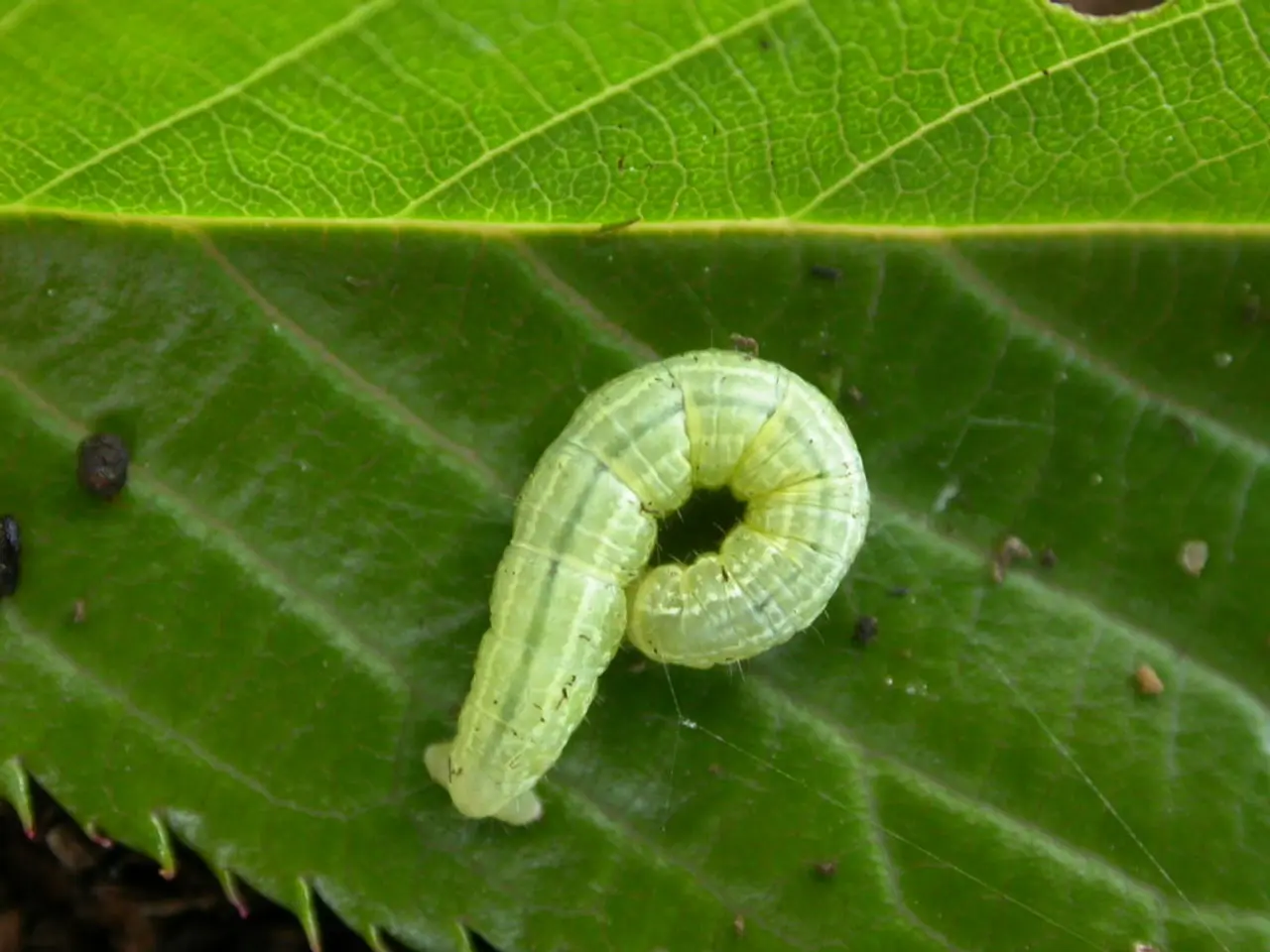Ancient examination of 2,500-year-old Viking feces reveals details about one of the oldest known parasites in human history
Discoveries in Whipworm Genetics Reveal Ancient History and Modern Implications
Researchers at the University of Copenhagen have made a significant breakthrough in understanding the history and evolution of whipworm, a parasite that has infected humans for tens of thousands of years. By sequencing the genomes of ancient whipworm eggs, they have gained insights into the parasite's origins, spread, and ongoing impact on global health.
The study, which involved sequencing the genomes of whipworm eggs from Viking settlements, some of which were 5,000 years old, provides evidence that whipworm was present in Europe during the Viking Age and the Middle Ages. This discovery challenges the belief that whipworm was exclusively an African parasite and suggests that it may have spread more widely through human migration.
Lead researcher, Prof Christian Kapel, stated that whipworm can lead to serious illness in malnourished or immune-compromised individuals. He explained that poor sanitary conditions and lack of separation between cooking and toilet facilities during the Viking Age and the Middle Ages allowed whipworm to spread more easily.
The mapping of the whipworm's genetic development makes it easier to design more effective anti-worm drugs. The researchers found that the whipworm spread from Africa to the rest of the world about 55,000 years ago, following the 'out of Africa' hypothesis on human migration. This understanding can be used to create new drugs to treat whipworm infections and prevent its future spread, particularly in the world's poorest regions.
According to Prof Kapel, whipworm continues to pose a threat in less developed regions of the world. It is estimated to infect more than 500 million people in developing countries, causing symptoms including anemia, malnutrition, impaired growth, and developmental delays in children. Control efforts focus on mass drug administration with anthelmintics in at-risk populations, alongside improvements in water, sanitation, hygiene, and health education.
The findings from the study can be used to design more effective anti-worm drugs for use in the world's poorest regions. The study also highlights the importance of sanitation and hygiene practices in preventing the spread of whipworm and other parasitic diseases. As such, the research on whipworm genetics can contribute to a better understanding of the parasite's life cycle and its impact on human health, ultimately leading to improved control strategies and better health outcomes for those most affected.
References:
[1] World Health Organization. (2021). Soil-Transmitted Helminths (STH). https://www.who.int/news-room/fact-sheets/detail/soil-transmitted-helminthiasis
[2] World Health Organization. (2021). Neglected Tropical Diseases. https://www.who.int/news-room/fact-sheets/detail/neglected-tropical-diseases
[3] World Health Organization. (2021). Senegal Eliminates Trachoma as a Public Health Problem. https://www.who.int/news-room/article/21-02-2021-senegal-eliminates-trachoma-as-a-public-health-problem
- In light of the sequenced whipworm genomes from ancient Viking settlements, the future of medical-conditions research lies in developing new anti-worm drugs to combat this persistent parasite, especially in poorer regions that continue to grapple with its impact on health and wellness.
- The study's findings reinforce the notion that the science of understanding nature and its microscopic inhabitants, like whipworm, can shed light on the past and inform our strategies for health and wellness in the present and future.
- As we delve deeper into the mysteries of whipworm genetics, we will likely uncover more about the parasite's role in human health across various scientific disciplines, ensuring a more comprehensive approach to prevent and manage medical conditions arising from such parasites in the future.




